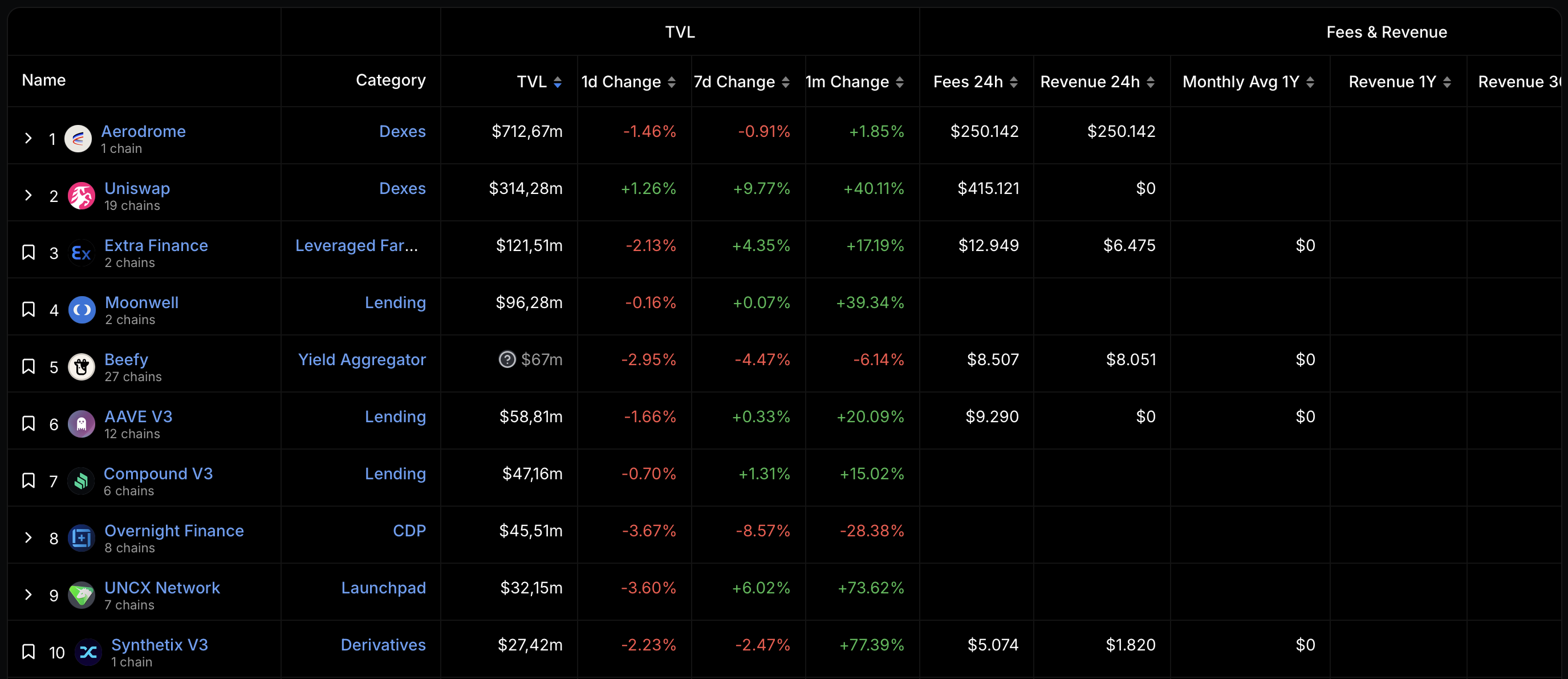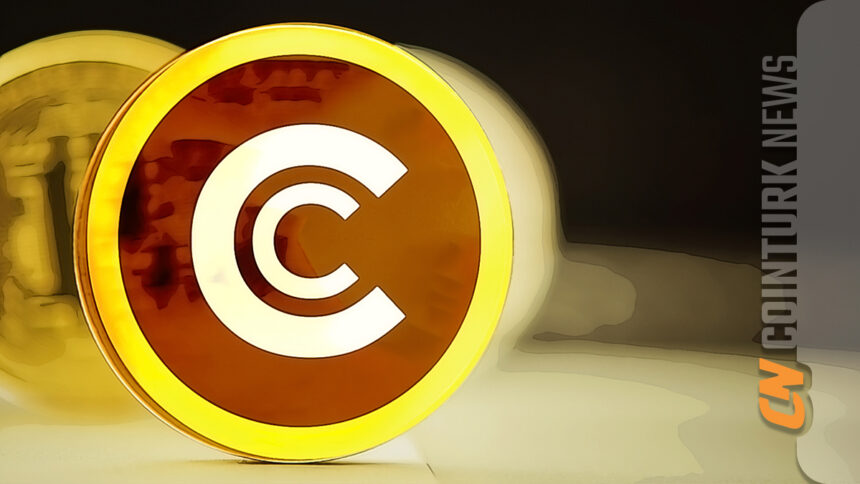The Layer 2 Ethereum network Base, incubated by Coinbase, has achieved significant growth in the total value locked (TVL) on the network, reaching $1.7 billion. According to data provided by DeFiLlama, this marks a 20% increase since the beginning of May. This substantial growth has allowed Base to surpass OP Mainnet (OP) in TVL, making it the largest network within the Superchain ecosystem, which consists of various Layer 2 rollups developed using the OP Stack software package.
Base Network’s Impressive Rise
The Base mainnet opened to the public in early August 2023 and has since become the third most valuable Layer 2 network in terms of TVL, following Arbitrum (ARB) with $3.81 billion and Blast with $2.26 billion. This success indicates the network’s rapid adoption and growing user confidence in its features.

One of the key contributors to the increase in Base’s TVL is the decentralized exchange Aerodrome, which has accumulated $714 million in deposits. Another significant contributor is Uniswap, with $312 million in deposits. These platforms have played a crucial role in attracting users and capital to the Base network.
The rapid growth of Coinbase’s Layer 2 network and its rise to the top three Layer 2 networks by TVL reflects the increasing importance of Layer 2 networks in the Ethereum ecosystem. These solutions help alleviate congestion on the main Ethereum Blockchain, enabling higher throughput and more efficient transaction processing. As the ecosystem continues to develop, the competition between optimistic rollups and zkRollups will likely provide further innovation and improvement in Blockchain scalability.
Optimistic Rollups and zkRollups
For those unfamiliar, Layer 2 networks like Arbitrum, Blast, Base, and OP Mainnet are optimistic rollups. These rollups execute transactions off the main Ethereum Blockchain and only periodically publish transaction data on the Ethereum Blockchain. This process reduces the load on the main Ethereum Blockchain, allowing it to handle more transactions. The term “optimistic” refers to the default assumption that all transactions are valid unless proven otherwise. Verification only occurs when a “fraud proof” indicating potential issues is submitted. If any fraud is detected, the network reverses the fraudulent transaction.
This transaction verification method contrasts with zero-knowledge rollups (zkRollups) like zkSync, Linea, and Scroll. zkRollups provide cryptographic proofs of transaction validity in advance, ensuring their accuracy before they are published on-chain. Both approaches aim to enhance the scalability of the Ethereum network but use different mechanisms to achieve this goal.

 Türkçe
Türkçe Español
Español









